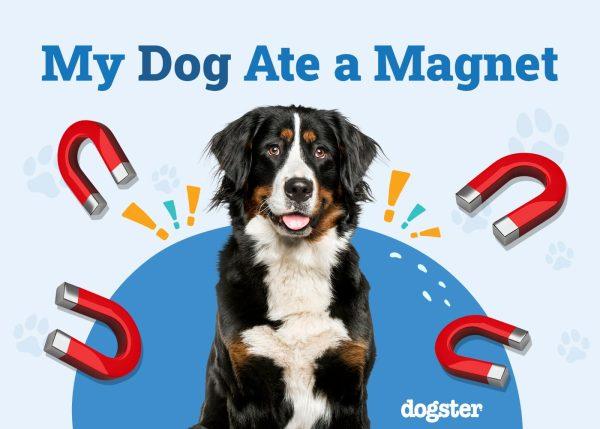When it comes to our furry companions, curiosity is often their middle name. Dogs explore the world with their noses and mouths, sometimes leading them to swallow things they shouldn’t. As a devoted pet owner, witnessing your dog ingest something potentially harmful can be alarming. However, knowing how to respond swiftly and effectively can make all the difference in ensuring your pet’s safety. In this article, we’ll guide you through the crucial steps to take if your dog swallows something dangerous, helping you stay calm and prepared in such situations. With a little knowledge and a lot of love, you can navigate this challenge and keep your canine friend safe and sound.
Recognizing the Signs Your Dog is in Trouble
Understanding your dog’s body language and behavior is crucial in identifying when they might be in distress. Dogs can’t tell us with words when something is wrong, but their actions often speak volumes. Look out for signs such as:
- Excessive Drooling: This can indicate nausea or an attempt to expel something stuck in their throat.
- Pawing at the Mouth: If your dog is frequently pawing at their mouth, it might be a sign they are trying to remove an obstruction.
- Vomiting or Gagging: These are clear indicators that your dog is trying to get rid of something harmful they have ingested.
- Loss of Appetite: A sudden disinterest in food could signal internal discomfort or pain.
- Changes in Behavior: Watch for increased anxiety, lethargy, or unusual hiding, as these may suggest something is amiss.
If you observe any of these symptoms, it’s important to act swiftly and consult with your veterinarian. Early intervention can prevent serious complications and ensure your furry friend stays safe and healthy.

Immediate Actions to Take for Your Pets Safety
- Stay Calm: Your pet can sense your anxiety. Keep a steady demeanor to avoid further distress.
- Assess the Situation: Try to determine what and how much your dog has ingested. This information is crucial when you contact your vet.
- Do Not Induce Vomiting: Unless specifically instructed by a veterinary professional, avoid making your dog vomit. Some substances can cause more harm if brought back up.
- Remove Remaining Hazards: Ensure that other pets and children cannot access the dangerous item or substance.
- Contact Your Veterinarian: Reach out immediately to your vet or an emergency animal clinic. Provide them with details about the incident for swift guidance.
- Follow Professional Advice: Adhere to the instructions given by the veterinary team. They may suggest bringing your dog in for an examination or monitoring them at home.
- Prepare for the Vet Visit: If advised to visit the clinic, bring any packaging or remaining substance with you for identification. This will help the vet determine the best treatment plan.

When to Seek Professional Veterinary Help
It’s not uncommon for dogs to explore the world with their mouths, and while some swallowed items may pass through without issue, others can pose serious health risks. Recognizing when to involve a veterinarian is crucial to ensure your dog’s safety and well-being. Here are some signs that it’s time to seek professional help:
- Persistent vomiting: If your dog is unable to keep food or water down, it may indicate a blockage or irritation in the digestive tract.
- Lethargy or weakness: A sudden change in energy levels can be a sign of internal distress.
- Abdominal pain or bloating: Swelling or sensitivity in the abdomen might suggest an obstruction.
- Changes in behavior: Restlessness, excessive drooling, or a hunched posture could indicate discomfort or pain.
- Lack of appetite: Refusal to eat can signal that something is amiss internally.
It’s always better to err on the side of caution. Even if your dog seems fine, consulting with a veterinarian can provide peace of mind and ensure that any potential complications are addressed promptly.

Preventing Future Incidents with Smart Pet Care
Ensuring your furry friend stays safe involves a mix of vigilance and technology. Smart pet care devices offer innovative solutions to keep tabs on your dog’s environment and habits. Consider integrating smart collars that track your dog’s location and activity levels, or automated feeders to regulate meal times and portions. These gadgets not only enhance daily care but also provide crucial data that can help prevent incidents.
- Smart Collars: Monitor your pet’s location and health metrics.
- Interactive Toys: Keep your dog mentally and physically engaged.
- Pet Cameras: Observe your dog remotely to catch any risky behavior early.
- Automated Feeders: Control diet and prevent ingestion of inappropriate items.
By leveraging these tools, you can create a safer, more controlled environment for your dog, reducing the risk of future mishaps and ensuring peace of mind for you.

